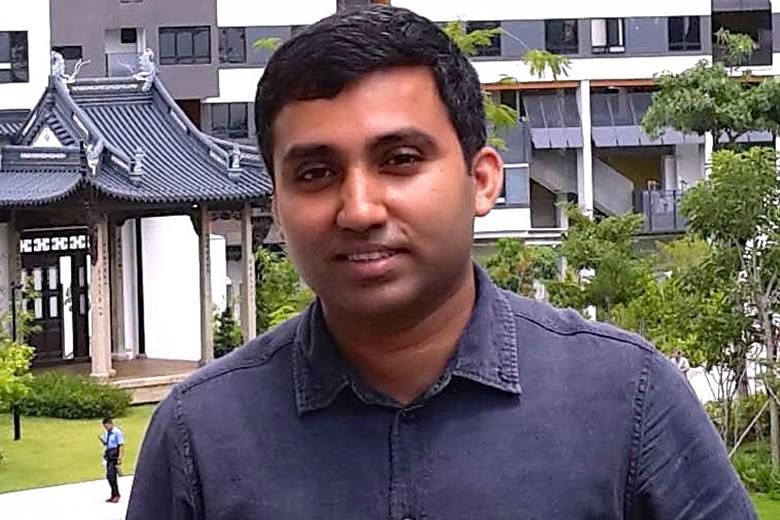A Singapore research team has played a leading role in uncovering a biological process that lies behind the spread of malaria - a discovery that could save the lives of many people, especially young children, in underdeveloped countries.
Assistant Professor Rajesh Chandramohanadas, of the Singapore University of Technology and Design, unravelled the mystery by probing what causes the state of a person's red blood cells to change when they are infected with malaria parasites.
The cells are rigid when a person is infected - a condition that is common knowledge to doctors and scientists.
But they become soft and "banana-shaped" again when the parasites evolve from being asexual to take on male or female forms.
This transformation is vital for the red blood cells to squeeze through the narrow slits in the spleen and reach peripheral blood that circulates around the body.
But the transformation also enables the spread of malaria, which kills almost half a million people a year worldwide, most of them young children.
How so? Because once the parasites are in the peripheral blood, a mosquito can suck up the infected red blood cells and pass them on to the next person it bites.
Prof Rajesh took two years to find out why red blood cells infected with the malaria parasite change from being rigid to soft and banana-shaped.
He co-led a team of 14, including biologists, engineers and mathematicians, in unravelling the mystery.
The other two co-leaders are Professors Leann Tilley of Australia's University of Melbourne and Sulin Zhang of Pennsylvania State University in the United States.
Their findings were published in the Proceedings Of The National Academy Of Sciences.
They found that, when the change from asexual to male or female takes place, the parasite removes structural proteins - such as actin - from the red blood cell's skeleton. These proteins are what make the cell rigid.
The discovery was made by studying the membrane structure in "exquisite detail", said Prof Rajesh.
The study observed that, when the red blood cells turn soft, there are changes in the organisation of a meshwork of tiny spring-like proteins.
Further research found that changing the tension of the spring-like proteins in the membrane - for instance, by removing the host actin - is enough to make the membrane rigid or flexible.
"The next step is to identify the mechanism by which the parasite takes out the host protein, and then to block it from doing so by using chemical agents," Prof Rajesh said.
"In blocking it, the red blood cells continue to be rigid, unable to flow into the peripheral blood, which means the parasite will not be transmitted," he noted.
Existing drugs are ineffective in killing the malaria parasites once they have changed to male and female forms.
The challenge is to find new drugs that are effective against the male as well as the female because they can react differently, said Associate Professor Kevin Tan from the department of microbiology and immunology at the National University of Singapore.
Prof Tan added that the study should be further verified in animal models of malaria to validate the in-vitro findings.
Although the World Health Organisation has declared Singapore malaria-free since 1982, the disease continues to plague neighbouring countries, including Malaysia and Thailand.

